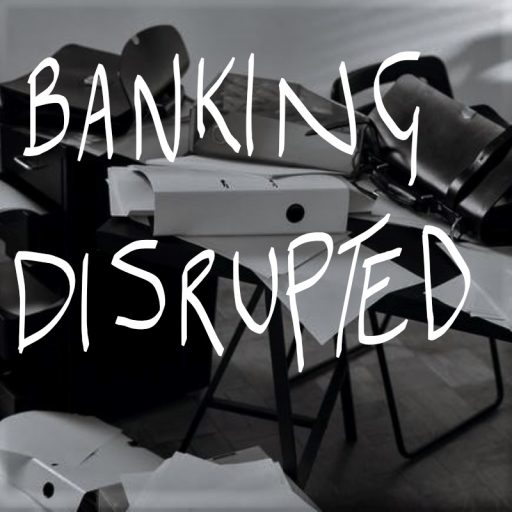As banking becomes more technology-centric and more digital, a new set of skills are required to propel these organisations forward. The ability to drive growth in this environment will be influenced by innovative offerings that move banks away from exclusively transaction-based revenue to more subscription-based models. Additionally, as traditional problem areas like on-boarding, KYC, fraud monitoring continue to become more expensive to navigate, automated solutions are required to enable efficiency.
The Institute of Banking and Finance Singapore looks at six core skills pillars to help financial institutions move forward with digital transformation efforts.
| Agile | Data Analytics | Digital Awareness | Future Communication | Human Centred Design | Risk & Governance in the digital world |
|---|---|---|---|---|---|
| Agile Business Model Canvas Experimental Mindset | Data Interpretation and Analysis Data Storytelling | API AI/Machine Learning Blockchain/Distributed Ledger Technology Cloud DevOps Internet of Things | Communication Platforms Content Generation Strategies Digital Engagement | Customer mindset Human centred Design | Cybersecurity Digital Risk Financial Crime Threat Intelligence and Detection |
Source: IBF
How does each of these areas help drive transformation across banking?
- Agile
- Agile thinking to drive creativity, especially in the era of Open Banking/Open Finance
- Faster execution in line with business value, allowing Minimum Viable Offerings to be drip-fed into the market
- Re-architecting technology estate for agility to allow for more open-source consumption
- Improving the overall change execution process and speed
- Sandbox mindset to encourage a “succeed-fast” culture, as well as embracing experimentation before launching products or services to use investment dollars wisely
- Data Analysis
- Using data to drive better ROI across marketing, making campaign activity more contextual and personalised to the target customer segment
- Using first, second and third-party data to drive efficient underwriting through using more than just credit bureau data
- Use of real-time data to better support customers with financial management e.g. real time interventions at point of sale to offer Buy-Now-Pay-Later
- Driving more Personal Financial Management and Business Financial Management capability though looking at historic data to drive future predictions, as well as augmenting this data with other social media style of information for better behavioural comprehension
- White labelling data to drive new revenue streams, e.g. data for KYC, AML, or other payment services
- Digital Awareness
- Comprehensive understanding of how banking services can be delivered through digital channels, e.g. applying for products, on-boarding, managing disputes, analysing transactions, or managing fraud
- Understanding how newer technologies like AI and Machine Learning can help drive proactive customer servicing and faster query resolution
- Developing digital-first, cloud-ready operating models to improve a bank’s overall cost: income ratio, and digital agility
- Understanding the role of emerging technology in driving further digitisation, particularly in the space of Robo-advisory, where some clients may look to drive yield in an eco-friendlier manner
Future Communication
-
- Customer engagement also needs to be reimagined in the context of declining face to face channels, and this has become even more vital after the pandemic
- Digital customer communication strategy plans now need to feature as highly as product innovation, as staying relevant to customers “remotely” needs to remain as effective as face-to-face interactions in the branch
- Making marketing content simpler to understand to make it easier for consumers to make financial decisions through online content is another skill set that needs to be developed more extensively
- Human-centred design
- Making sure that innovation by design becomes the starting point for any digital banking evolution or revolution is key to driving customer adoption and advocacy
- Looking at how proposition can be designed with the customer at the centre ensures that the “build it, and they shall come” mistake is avoided. It is much better to have a “skinny prototype” that can be tested with real customers and iterated across multiple feedback loops.
- Designing on a human-centred level also needs to be complemented with machine-centred design so that interactions can be frictionless and efficient. The added optic of AI allows for the bank colleague experience to also be improved simultaneously, hence driving better servicing economics as well as customer experience
- Risk & Governance in the digital world
- It goes without saying that with becoming more online and remote, challenges arise with fraud, identity takeover and cybersecurity. This calls for further investment in tooling that better protects customers in this maturing environment. The ability to have banking domain knowledge is key to understanding how better to protect customers. This is one area where a much stronger handshake is needed between “traditional banking” and “digital banking.”
- Evolving the credit risk function and supporting digital-first models becomes critical if the integrity of banking is to be protected over the longer term, with traditional approaches now needing to evolve to take advantage of some of the technology breakthroughs in this space. For the evolving role of the CRO in the post-pandemic digital banking climate, refer to “The CRO versus COVID” to give some sense of how technology can support some of these issues
None of the above is a surprise when it comes to thinking about what talent is required to win in banking in the future; it is just a case of ensuring that traditional “people development” agendas now cater to the increasingly digital-only world.




